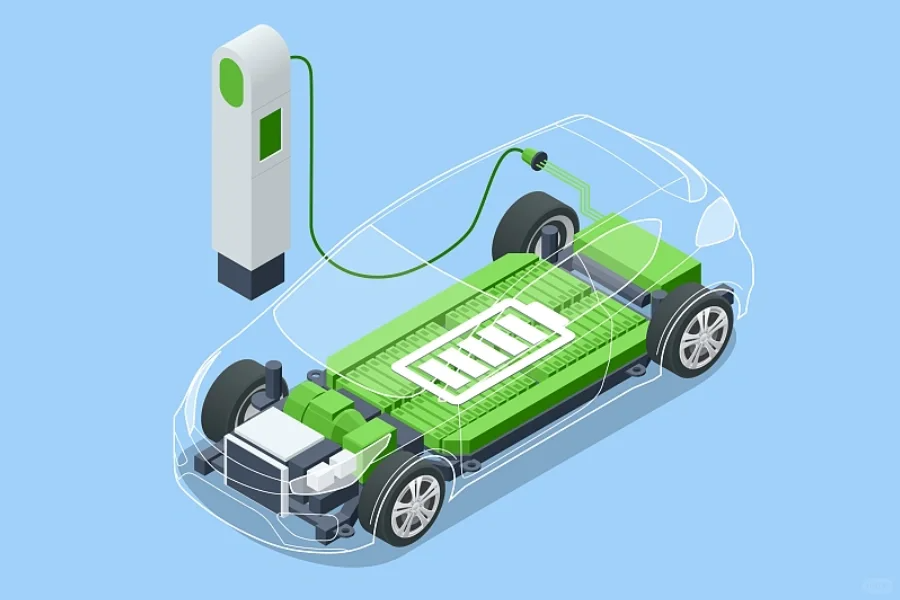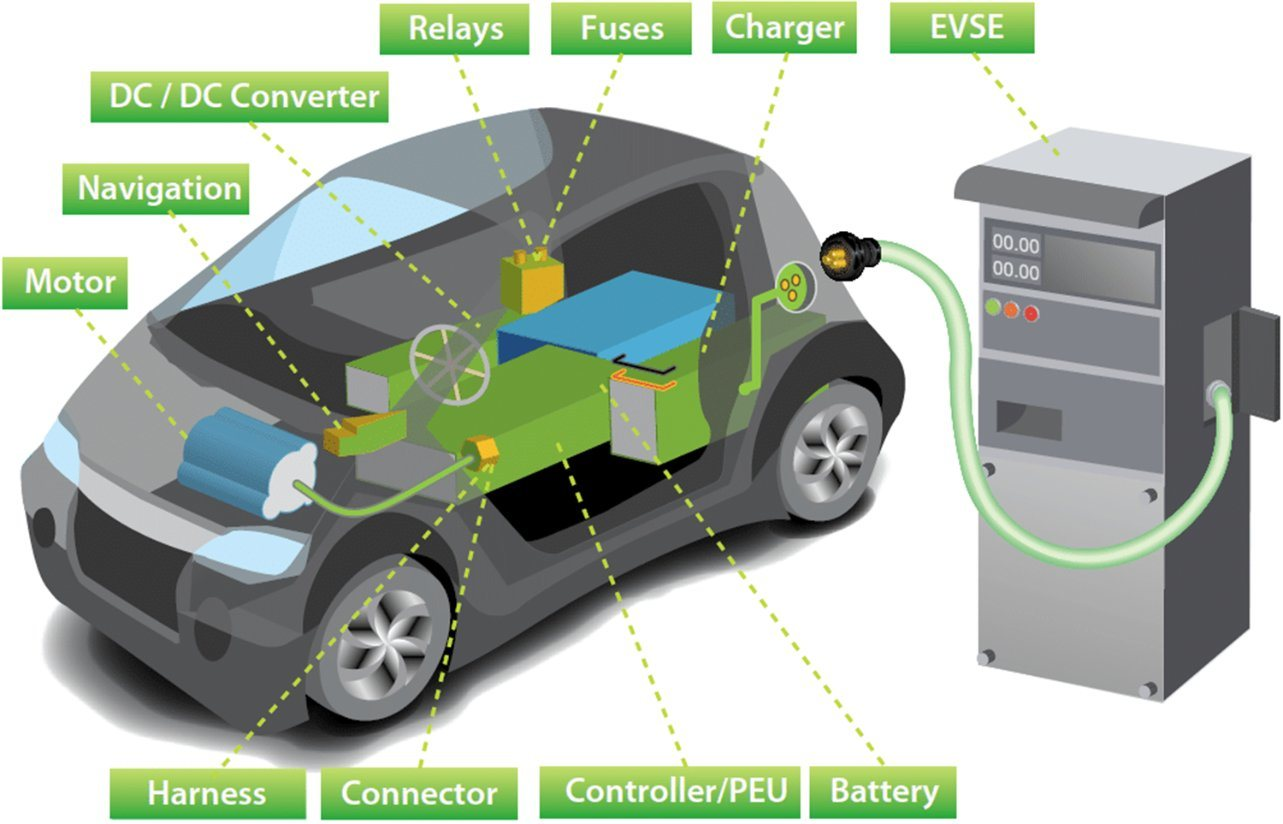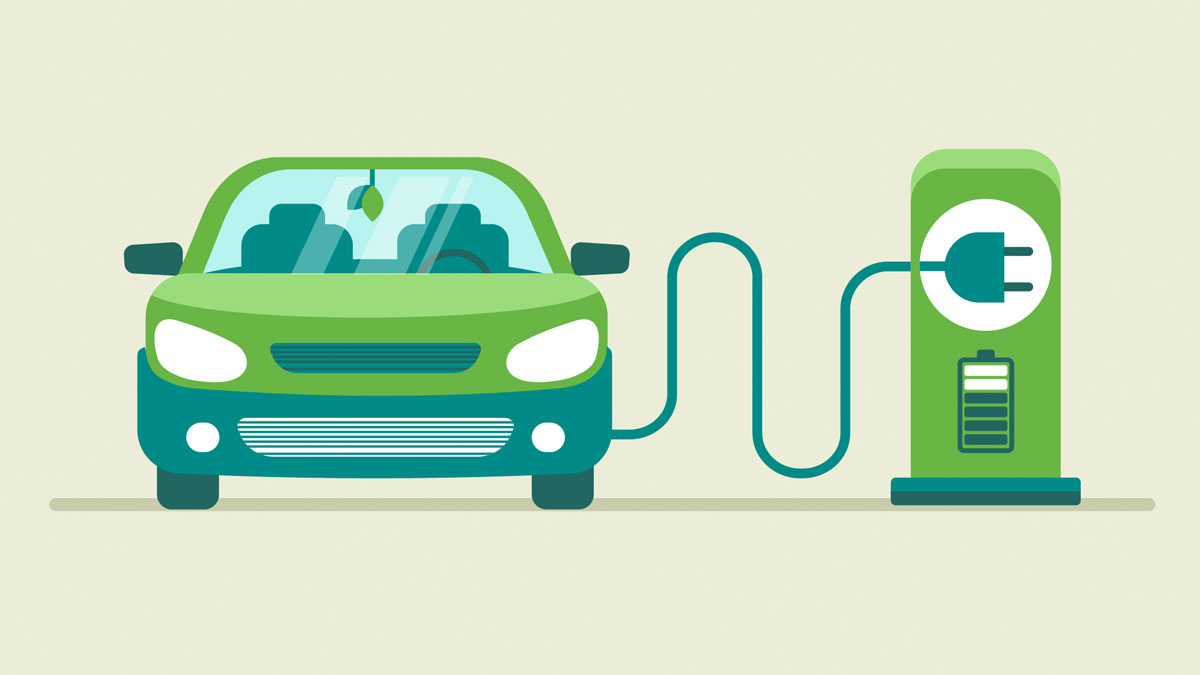Solid-state batteries and semi-solid-state batteries are two different battery technologies with the following differences in electrolyte state and other aspects:
1. Electrolyte status:
Solid-state batteries: The electrolyte of a solid-state battery is solid and usually consists of a solid material, such as a solid ceramic or a solid polymer electrolyte. This design improves battery safety and stability.
Semi-solid batteries: Semi-solid batteries use a semi-solid electrolyte, usually a semi-solid gel. This design improves safety while still maintaining a certain degree of flexibility.
2.Material properties:
Solid-state batteries: The electrolyte material of solid-state batteries is generally stiffer, providing greater mechanical stability. This helps achieve higher energy density in high-performance applications.
Semi-solid batteries: The electrolyte material of semi-solid batteries may be more flexible and have some elasticity. This makes it easier for the battery to adapt to different shapes and sizes and could also help in applications in flexible electronic devices.

3. Manufacturing technology:
Solid-state batteries: Manufacturing solid-state batteries often requires advanced manufacturing techniques because solid-state materials can be more complex to process. This may result in higher manufacturing costs.
Semi-solid batteries: Semi-solid batteries may be relatively easy to make because they use materials that are easier to work with in some ways. This may result in lower manufacturing costs.
4.Performance and application:
Solid-state batteries: Solid-state batteries generally have higher energy density and longer cycle life, so they may be more popular in high-end applications, such as electric vehicles, drones and other devices that require high-performance batteries.
Semi-solid-state batteries: Semi-solid-state batteries provide better performance while being relatively economical and may be more suitable for some mid-to-low-end applications, such as portable electronic devices and flexible electronics.
Overall, both technologies represent innovations in the battery world, but the selection requires weighing different characteristics based on the needs of the specific application.


Post time: Mar-16-2024




 business@roofer.cn
business@roofer.cn +86 13502883088
+86 13502883088







